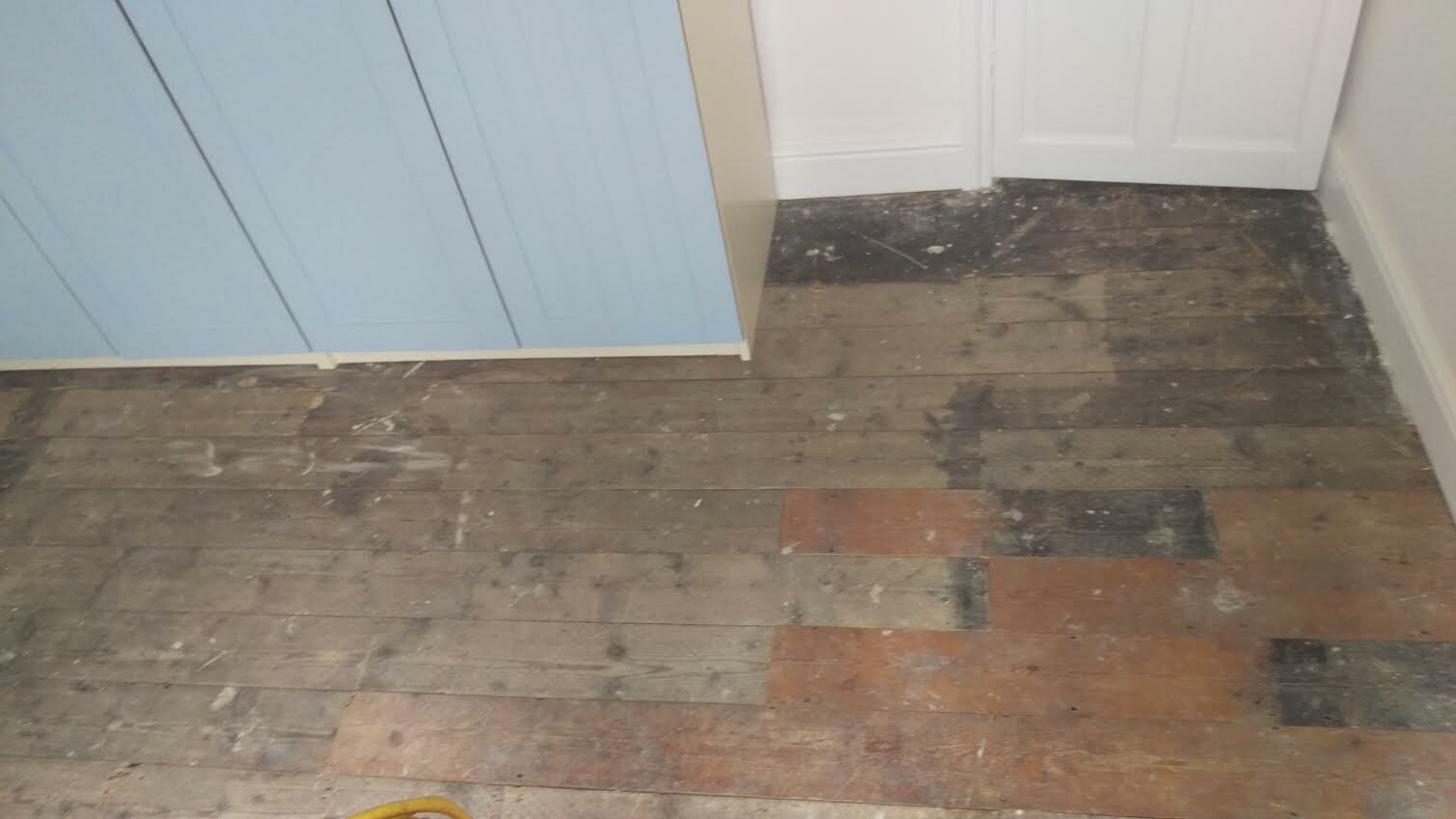London:
Nationwide:
How to Take Care of Your Wood Floor: A Comprehensive Guide
Posted on May 17, 2023
Articles
Comprehensive Guide to Wood Floor Maintenance and Caring
There’s something undeniably timeless about wood flooring. The elegant aesthetic, the warmth underfoot, the subtle hum of history—these are the reasons why many homeowners choose wood. But once you’ve chosen this beautiful material for your flooring, how do you keep it looking its best? Here is a comprehensive guide on how to take care of your wood floor.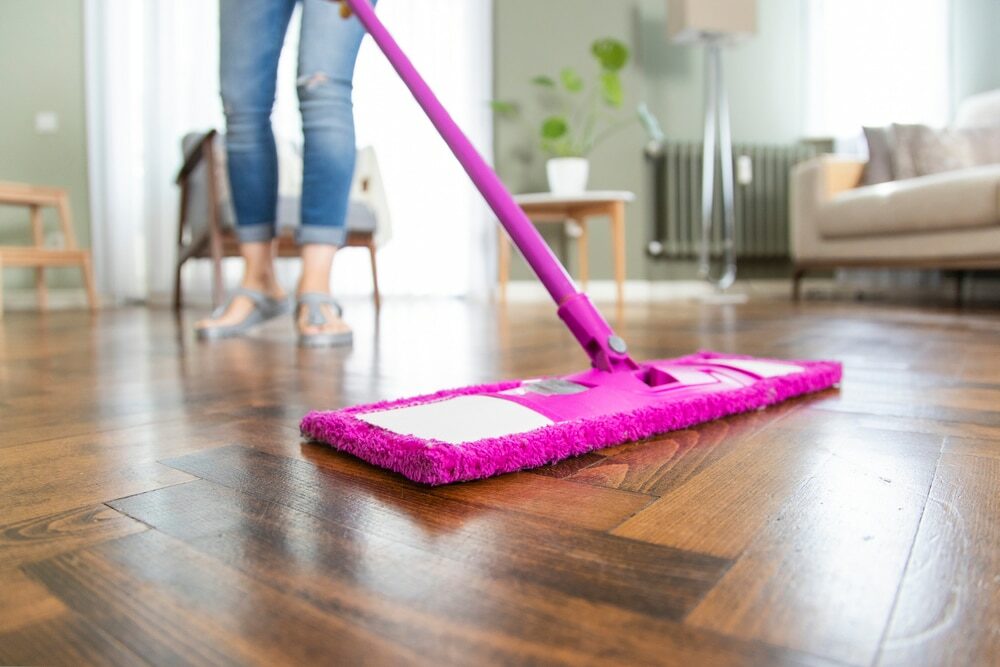
Understanding your wood floor
Before diving into the specific care instructions, it’s essential to understand your wood floor. There are three common types of wood flooring: solid hardwood, engineered wood, and laminate. Each has different properties and therefore requires different care techniques. Solid hardwood is made from a single piece of wood. It’s the most expensive option, but it can last for decades with proper care. Engineered wood is made up of layers of wood and other materials. It’s more affordable and less susceptible to changes in temperature and humidity. Laminate flooring, meanwhile, is made up of layers of synthetic materials that mimic the appearance of wood. It’s the most affordable but also the least durable of the three options.1. Regular cleaning
Regardless of the type of wood floor you have, regular cleaning is critical. Dust, dirt, and grit can scratch and dull the floor’s finish if not removed. Sweeping: Use a soft-bristle broom or a microfiber mop to sweep your floors every day. This prevents the accumulation of dust and dirt that can cause scratches. Vacuuming: If possible, vacuum your wood floors at least once a week using the bare floor setting to prevent any damage. Mopping: When it comes to mopping, less is more. Wood doesn’t like moisture, so avoid using excessive water. A slightly damp mop is all you need to keep your floor looking its best. And remember, never use a steam mop on your wood floor, as it can cause significant damage.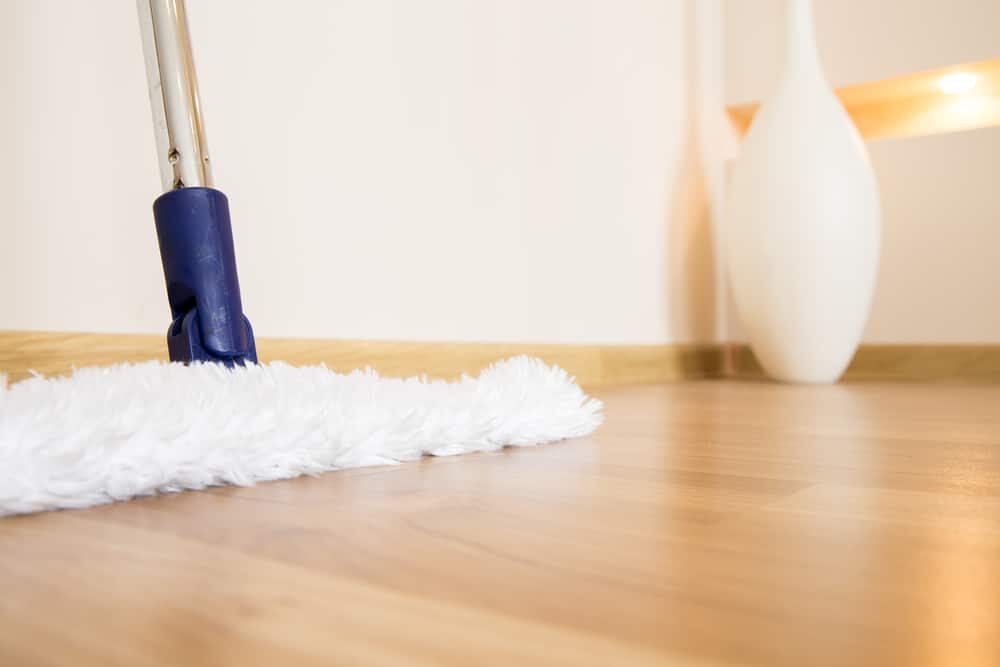
2. Deep cleaning
Over time, your wood floor may lose its lustre and require a deeper cleaning. This should be done every 3–6 months, depending on the traffic your floor receives. For solid hardwood and engineered wood, use a wood floor cleaner recommended by the manufacturer. Avoid all-purpose cleaners or oil soaps, as they can leave a residue or damage the finish. For laminate floors, use a laminate floor cleaner. These are specially designed to not leave a residue or cause swelling in the material. Always follow the cleaner’s instructions and test a small area first. Use a soft cloth or mop to apply the cleaner, and work in sections to avoid standing water on the floor.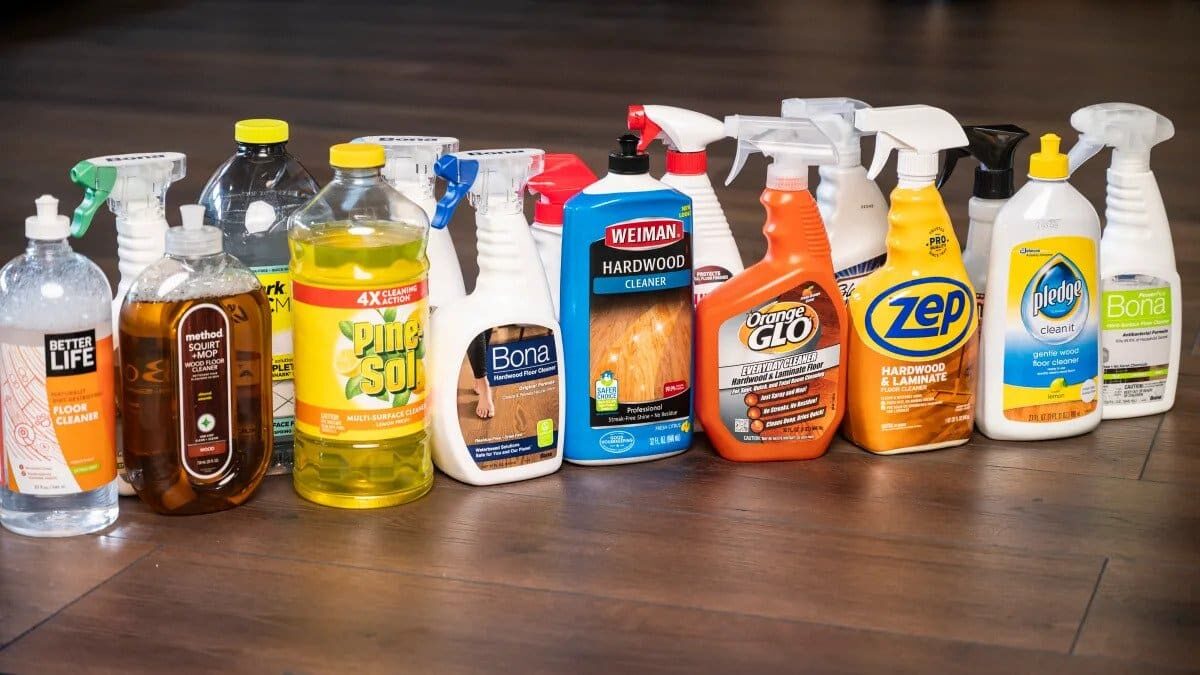
3. Avoiding damage
There are several steps you can take to protect your wood floor from damage: Use protective pads: Place felt or rubber pads under furniture legs to avoid scratches. These should be checked and replaced regularly, as they can wear down and become less effective over time. Limit direct sunlight: UV rays can cause your wood floor to fade or change colour. Consider using curtains or blinds to limit direct sunlight, especially during peak sunlight hours. Use rugs: Area rugs and runners can protect high-traffic areas from wear and tear. Be sure to use rug pads to prevent slipping and avoid rubber-backed rugs, as they can discolour your wood floor. Avoid high heels. High heels can dent wood floors. Encourage family members and guests to remove high-heeled shoes before walking on your wood floor.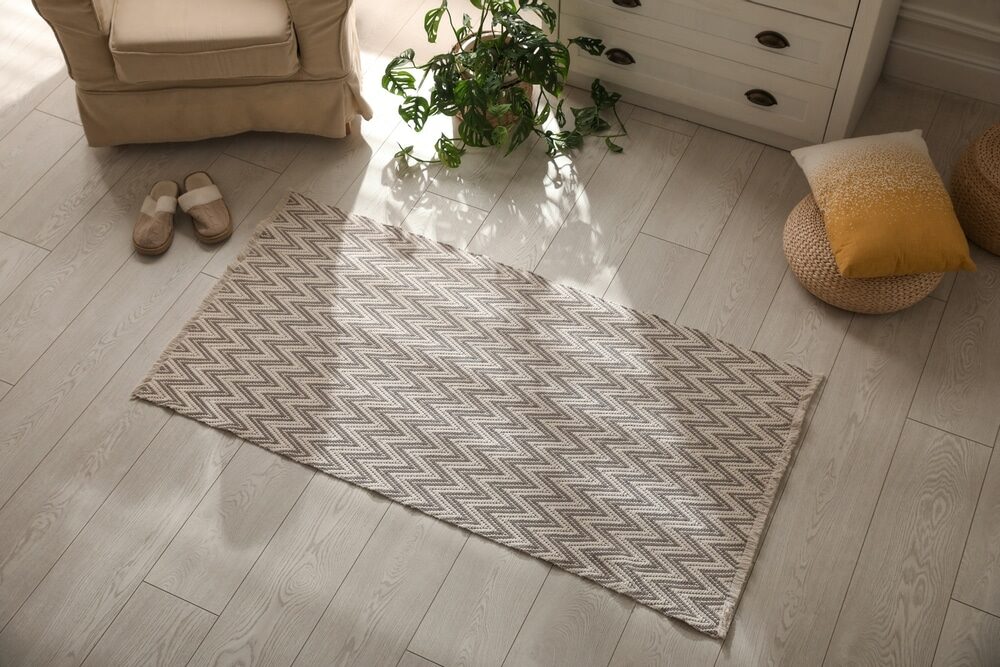
4. Dealing with Scratches and Dents
Despite your best efforts, scratches and dents can occur. The good news is that they can often be repaired. For minor scratches on solid hardwood or engineered wood, use a wood marker or touch-up kit that matches your floor colour. Follow the product instructions and finish with a topcoat of polyurethane for a seamless blend. For deeper scratches or dents, you may need to use wood filler. Again, ensure it matches the colour of your floor. Sand the area lightly, apply the filler, let it dry, and then sand it smooth. Finish with a matching stain and topcoat. Laminate floors can be trickier to repair. For minor scratches, a touch-up pen might work. However, deeper scratches or dents usually require the replacement of the damaged plank.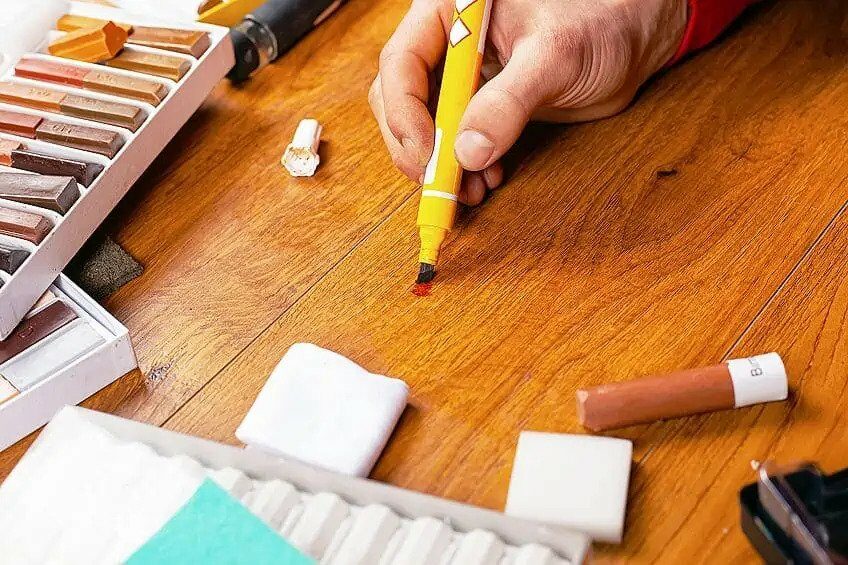
5. Refinishing Your Wood Floor
Over time, your solid hardwood or engineered wood floor may need refinishing. This involves sanding off the existing finish and stain, then applying a new coat of each. It’s a complex process that usually requires a professional. Before deciding to refinish your floor, consider its thickness. Solid hardwood can be refinished multiple times due to its thickness. Engineered wood, however, has a thin top layer and can usually only be refinished once or twice. Laminate flooring cannot be refinished. If it’s worn or damaged, it needs to be replaced.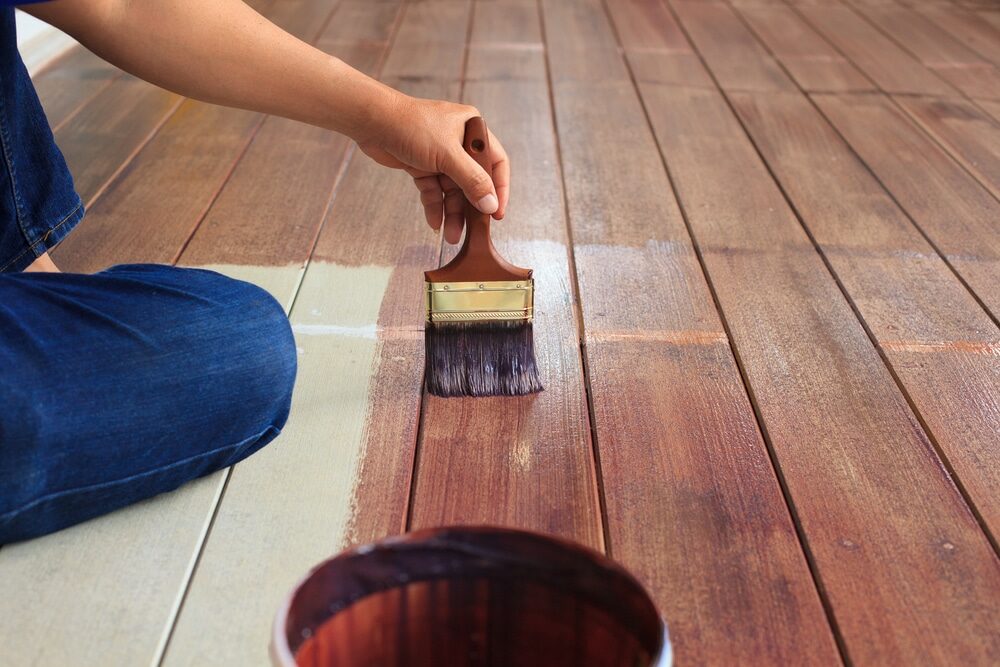
6. Humidity and Temperature Control
Wood is a natural material that responds to its environment. It can expand and contract with changes in temperature and humidity. This can lead to warping, cracking, or gapping in your floor. To prevent this, try to maintain a stable indoor environment. The ideal temperature range for wood floors is between 60 and 80 degrees Fahrenheit, and the ideal humidity range is between 30 and 50%. Consider using a humidifier or dehumidifier to help control the humidity level and avoid drastic temperature changes.7. Professional maintenance
Finally, consider having your wood floor professionally cleaned and polished every 1-2 years. A professional can also check for any signs of damage and recommend necessary repairs. This can help prolong the life of your floor and keep it looking its best.Conclusion
Caring for your wood floor requires regular cleaning, proactive protection, and occasional deep treatments. While this may seem like a lot of work, the beauty and durability of a well-cared-for wood floor are well worth the effort. By following this comprehensive guide, you can enjoy the elegance and charm of your wood floor for years to come.Some Useful Links:
- Floor Sanding Services
- School Floor Sanding
- Wood Floor Restorations
- Wood Floor Repairs
- Wood Floor Polishing
More from our Blog:
Refinishing Old Wood Flooring: Your Step-by-Step Guide to a New LookA DIY Guide to Sanding Your Hardwood Floor Successfully
Mastering Wood Floor Sanding: A Comprehensive Guide to Doing It Right
Achieve a Perfect Refinish for Your Hardwood Floor: Comprehensive DIY Guide
The Definitive Guide to Professional Wood Floor Restoration Services

Sanding
We provide virtually dust-free sanding with our continuous belt machinery with mobile extraction units, giving you a safer environment for your family.
Oiling
This organic finish not only adds beauty to your home but also has exceptional water-repellent characteristics, making it easier to clean and maintain.
Waxing
This natural floor finish offers the softest and most mellow appearance – and leaves your floor able to breath.
Buffing
Using soft buffing machines (and hand-polishing where required) will bring a wonderful sheen to your newly-finished floor.
Repairs
We offer a full assessment of your wooden floors to determine what repairs are needed to provide the perfect working surface for the later stages of sanding, staining and sealing.
Restoration
We offer a comprehensive restoration process designed to address floors that are improperly fitted or damaged over time through wear and tear.
Request a fixed price quote for your wood floor restoration now
Simply enter your postcode below to get started.
Services
Wood Floor Sanding Wood Floor Restoration Wood Floor Scratch Repair Squeaky Wood Floor Repair Parquet Floor Sanding Parquet Floor Restoration Commercial Floor Sanding Church Floor Sanding Community Centre Floor Sanding School Floor Sanding Gap Filling Gap Filling with ResinCopyright © Mr Sander®
Privacy & Cookies Terms & Conditions Complaints Procedure Cancellation Rights Sitemap
